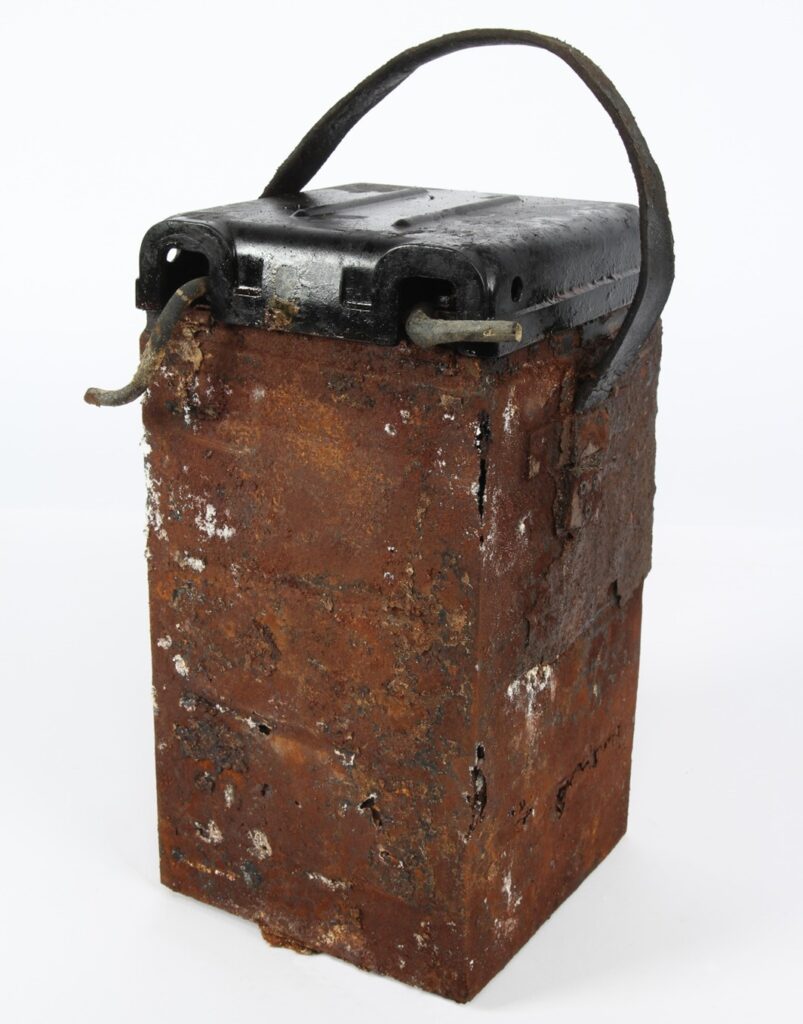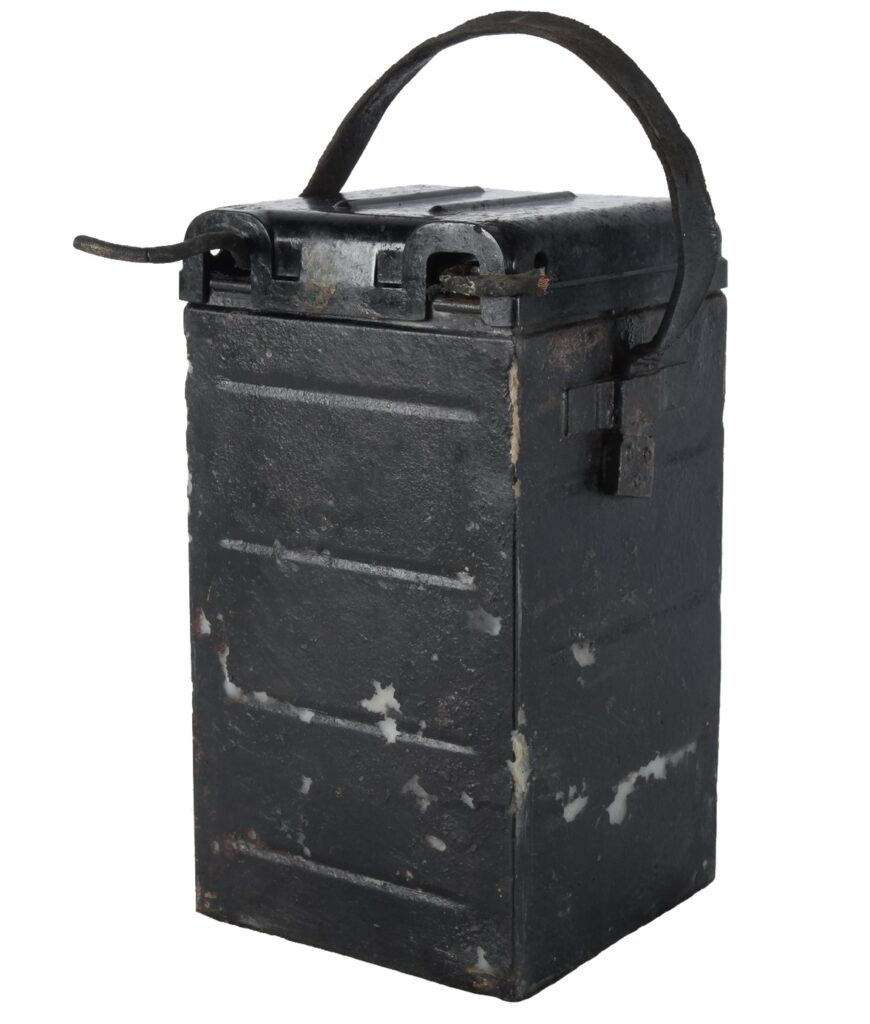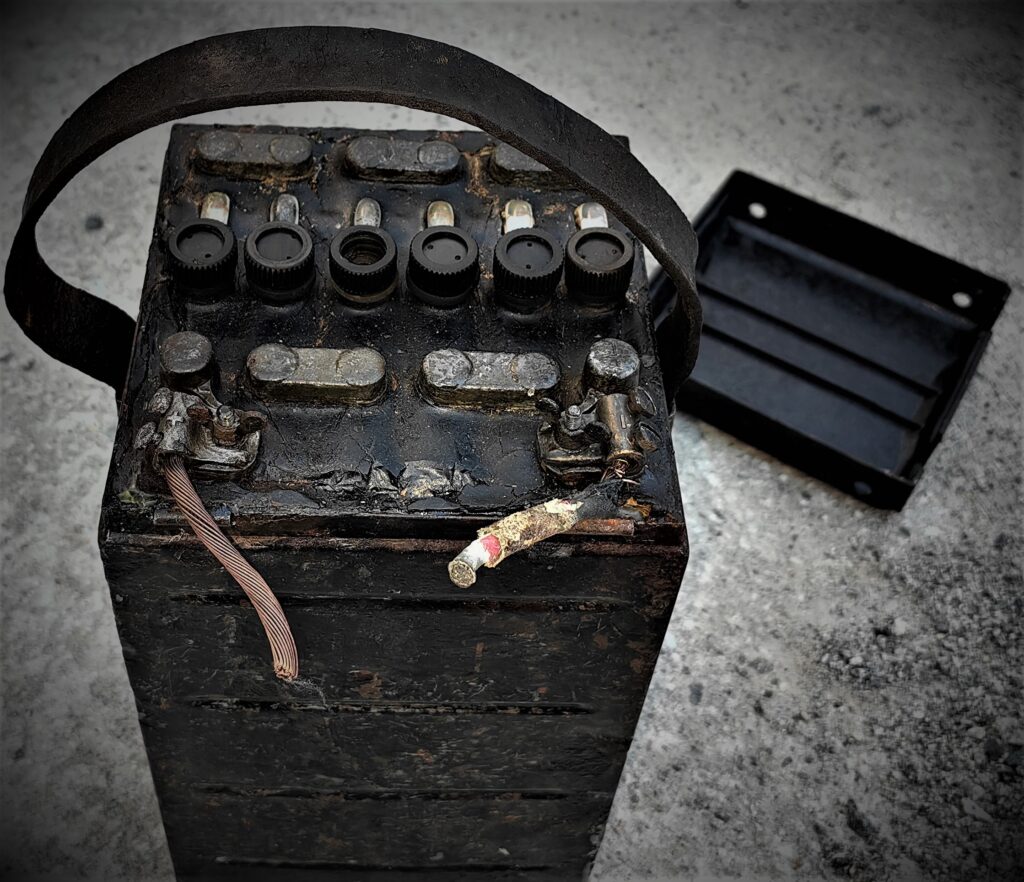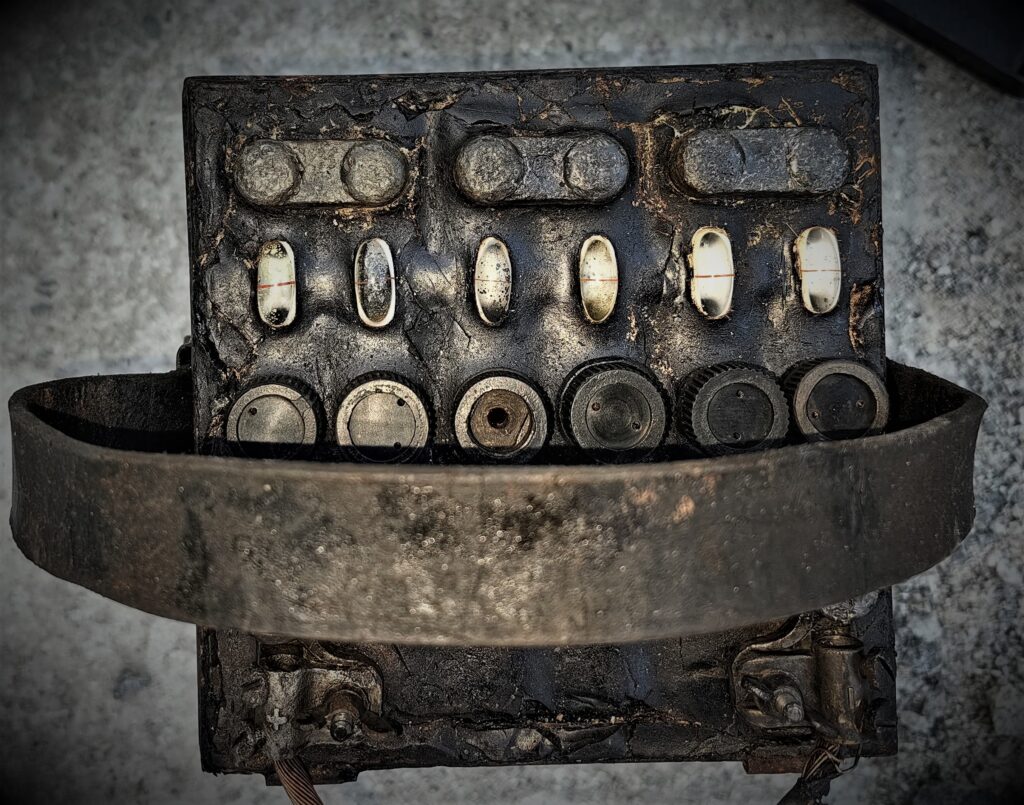Flyhistorisk Museum Sola er her for tiden et pågående og stort byggeprosjekt. I tillegg skal det i vår gamle utstillings hall gjøres en større omgruppering av flyene som vi har utstilt. Det høye aktivitetsnivået fører til et stort behov for frivillig innsats fra museets medlemmer. Dette påvirker også mengden av det arbeidet vi er i stand til å utføre på Heinkel He 115 prosjektet.
Likevel har Egil Thomsen i løpet av høsten rukket å lage et nytt pilotsete. Da flyet ble hevet i 2012, var fortsatt mye av det utstyret som trengtes for å kunne justere pilotens sittehøyde fortsatt intakt. I tillegg var den armerte platen bak og under setet i god stand. Selve pilot setet, med tilhørende ramme laget av aluminiums rør, var derimot helt borte.
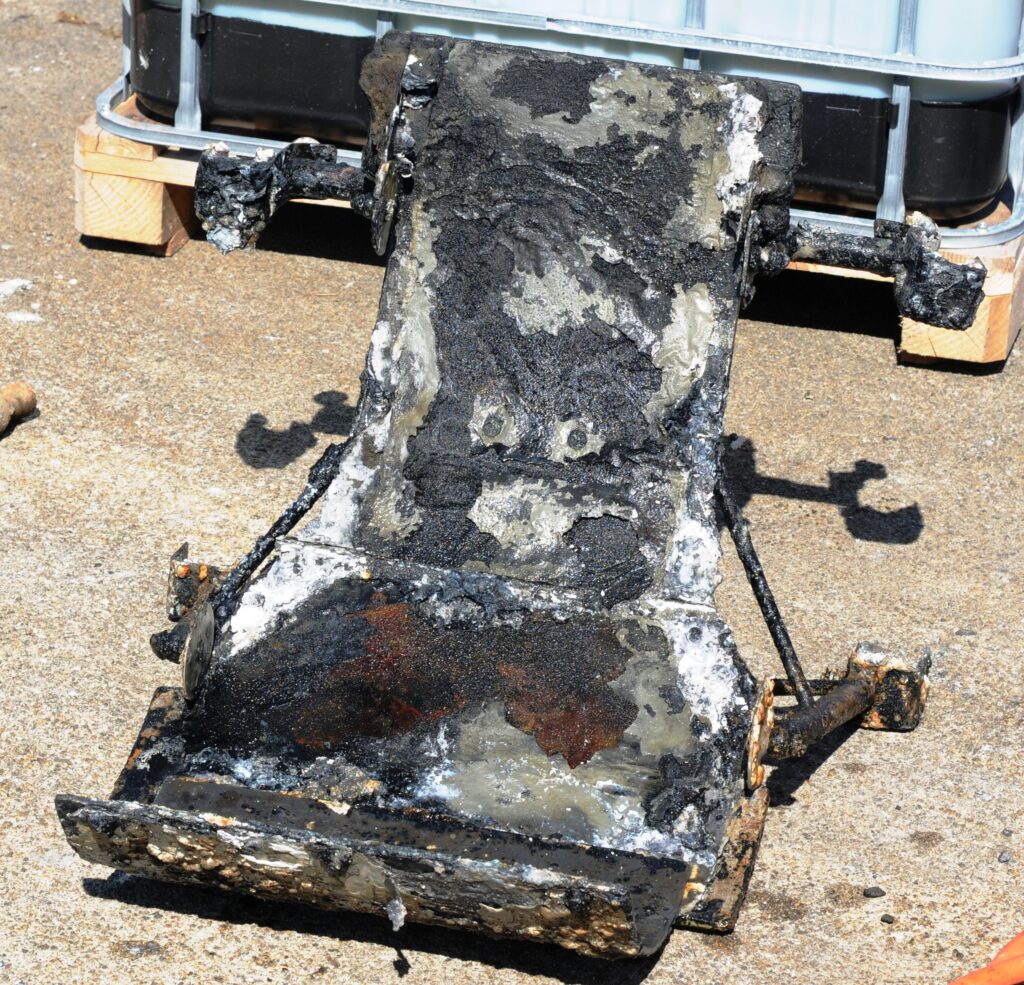

Egil har rekonstruert rørrammen og deretter laget ny selve setepannen. Denne er poppet fast til rør rammen. Resultatet er blitt meget bra. Til å kunne heve og senke sittehøyden var sete arrangementet utstyrt med ett eget hydraulikk system. En håndpumpe var montert på siden av setet. Hydraulikk pumpen og noen av ventilene som har stått i systemet er fortsatt i god stand. Egil arbeider nå med å ferdig stille og montere sammen hele dette systemet. Vi er enda ikke klar til å kunne tilbake montere sete arrangementet i cockpit igjen. Dette vil derfor for en periode bli utstilt i museets utstilling.

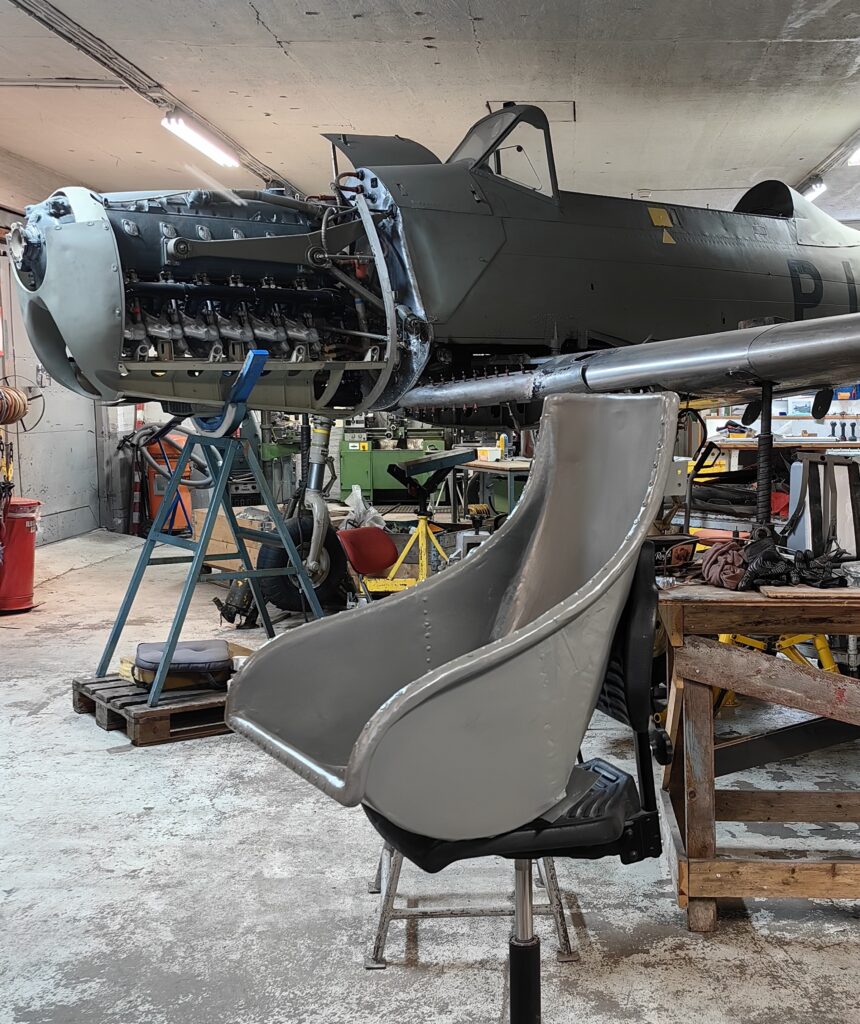
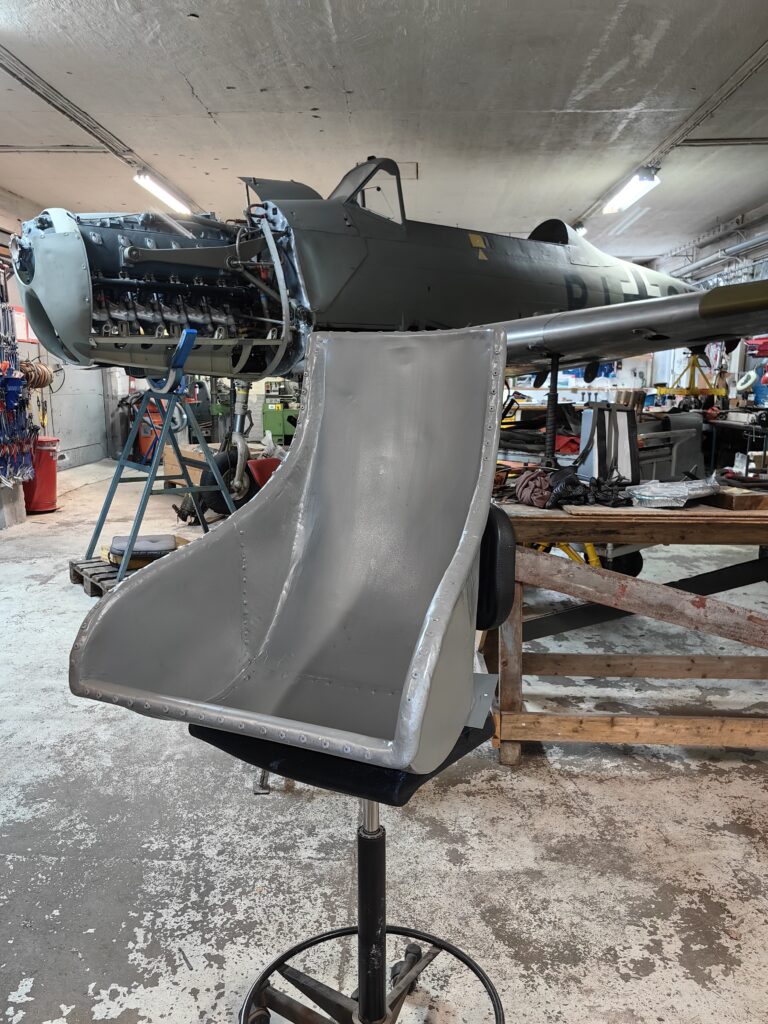
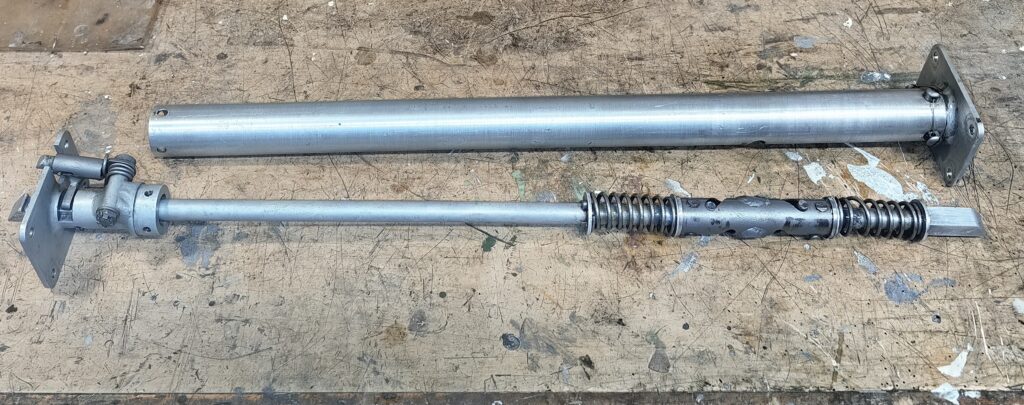

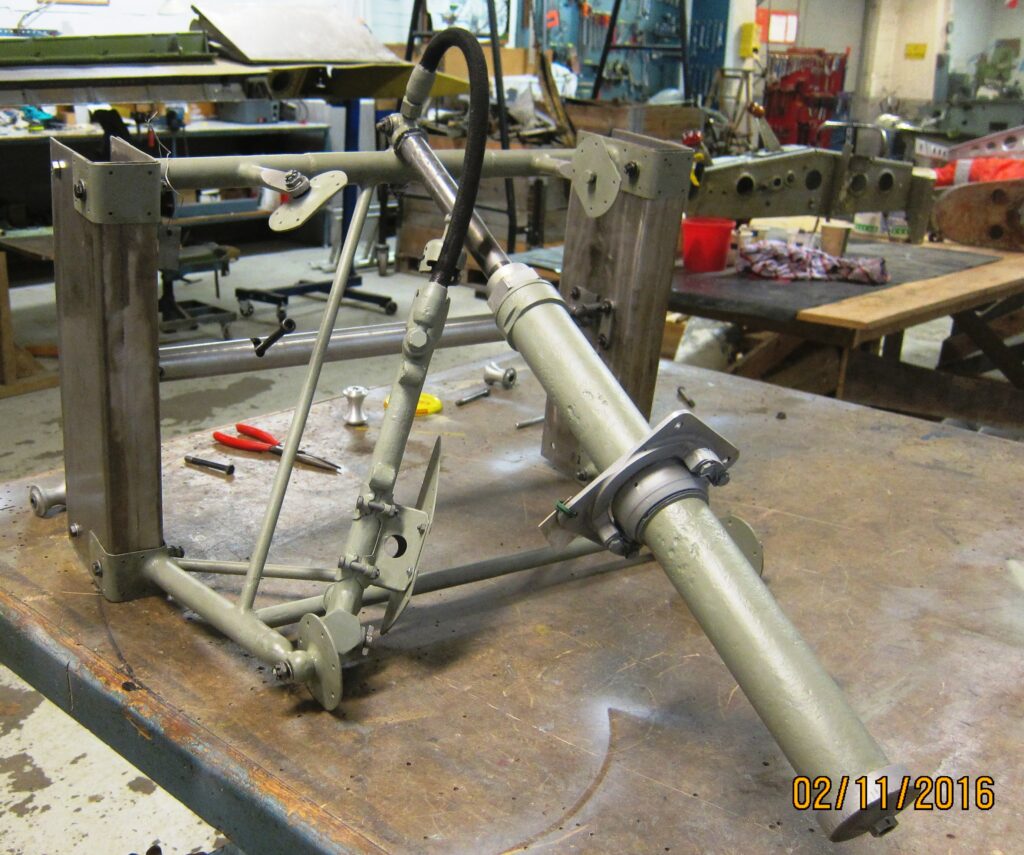
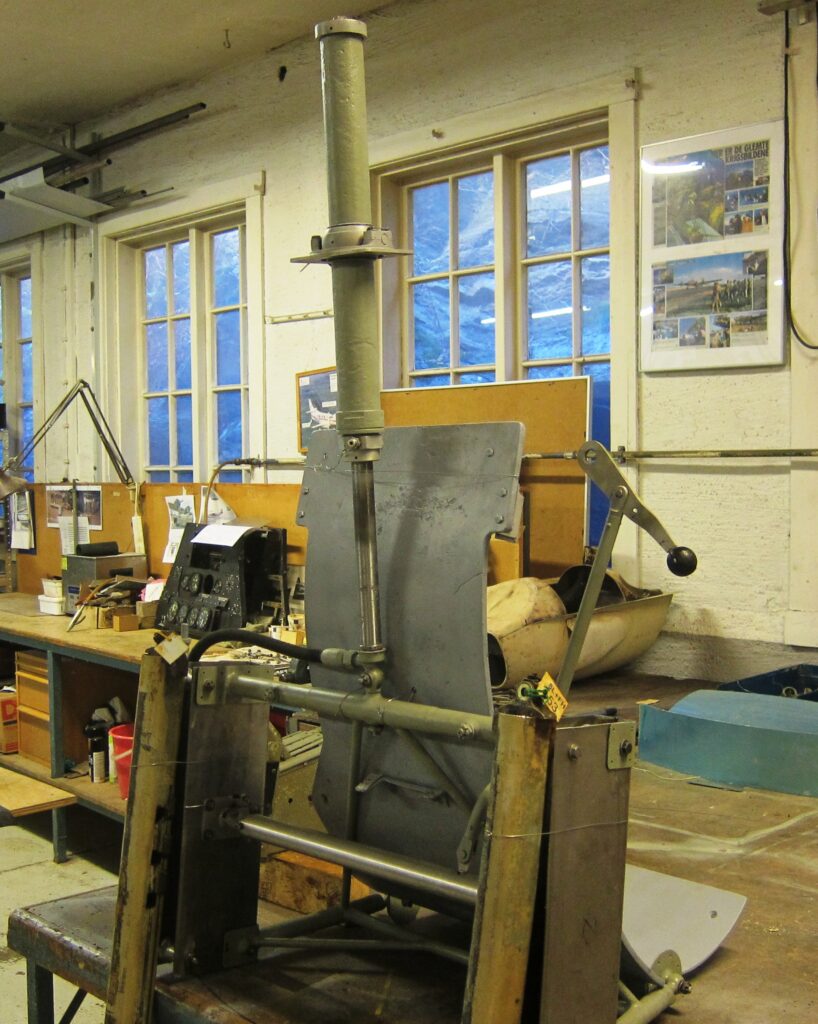
Vi vil utover vinteren arbeide videre med å tilbake montere utstyr i cockpit og Kanzel. Dette er utstyr som vi tidligere har tatt ut ifra seksjonene for å kunne konservere dette
Senterseksjonen har korrosjonsskader i samtlige 8 vinge fester med tilhørende struktur. Det samme gjelder for alle de fire flottør festene. For å kunne arbeide med disse skadene må senterseksjonen plasseres opp i en «krybbe». I tillegg til «krybben» trenger vi jigger til å sikre at vi klarer å tilbake montert vingefestene i riktig posisjon. Riksantikvaren har gitt oss økonomisk støtte til å kunne bygge jigg med tilhørende «krybbe». Arbeidet med å bygge disse er nå godt i gang. Vi planlegger for å kunne starte arbeidet med å utbedre korrosjons skadene på senterseksjonen i løpet av 2024.

Museumstjenestene i Rogaland ved konservator Eirik Aarebrot har konservert flyets startbatterier for oss. Dette er to tolv volts syrebatterier som vi i 2012 fant bak i tunnelen i senterseksjonen. Batteriene var etter 70 år på fjordbunnen fortsatt i en brukbar stand. Vi har vedlagt noe av innholdet i rapportene som Eirik har laget etter at konserveringen var ferdig.
Konservering av batterier:
«Batteriene hadde kraftige avleiringer på overflaten som minnet om rust. Det var også noen hull og gjennomrustninger i stål kassene. Batteripolene og bly kontaktene på toppen av batteriet hadde en del hvite avleiringer og korrosjon. Toppen som var laget av bek hadde en del sprekker. Alle syremålerne, som er en del av korkene, hadde brukket av og falt ned i batteriene.
Korkene ble tatt av og batteriene ble skyllet ut med varmt vann.
Stålkassene ble skrapet ren for avleiringer ved hjelp av en skalpell. Det viste seg at tilstanden var mye bedre enn først antatt. Store deler av stålplaten hadde fremdeles sin fine opprinnelige sorte overflate. Det var imidlertid noen mindre huller som medfører at batteriene er utette. Disse ble tettet med Cosmoloid 80, som er en mikrokrystallinsk voks med smeltetemperatur på 80°C. Stålplatene ble forvarmet med en varmepistol og smeltet voks ble hellet inn i hullene.
Batteripolene med tilkoblingspunkter ble renset ved at avleiringene ble slått av med en liten hammer. Battericellene ble fylt opp med Fluidfilm Liquid A som er en tynn lanolinolje.
Følgende materialer er blitt brukt i forbindelse med konserveringen:
Cosmoloid H80 (Mikrokrystallinsk voks)
Fluidfilm Liquid A (Tynn lanolinolje)
Loctite Repair Extreme ( Lim brukt på korker og syremålerrør )»
